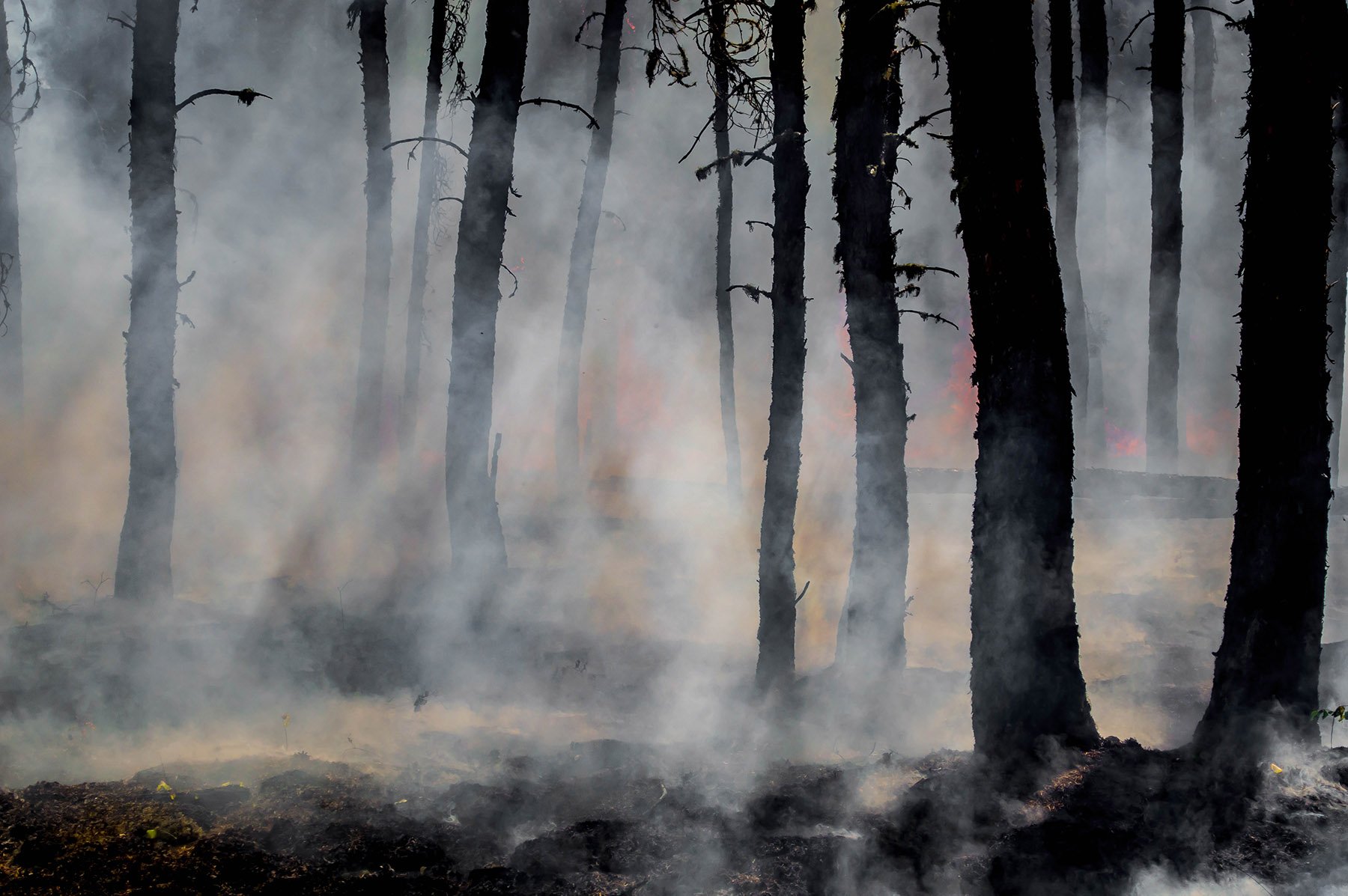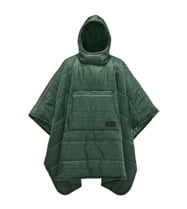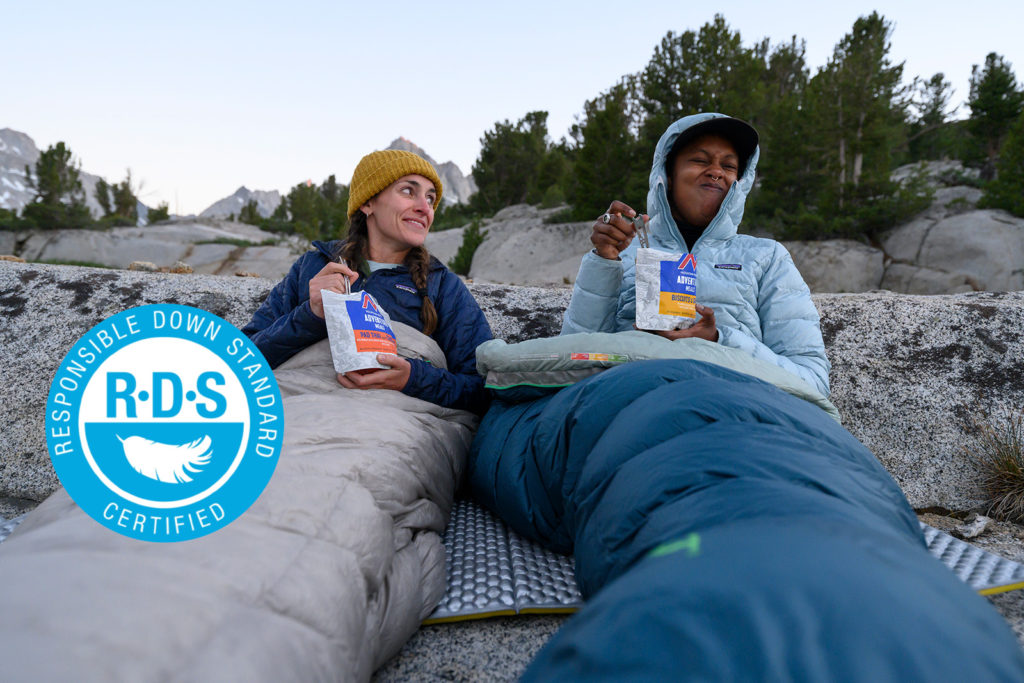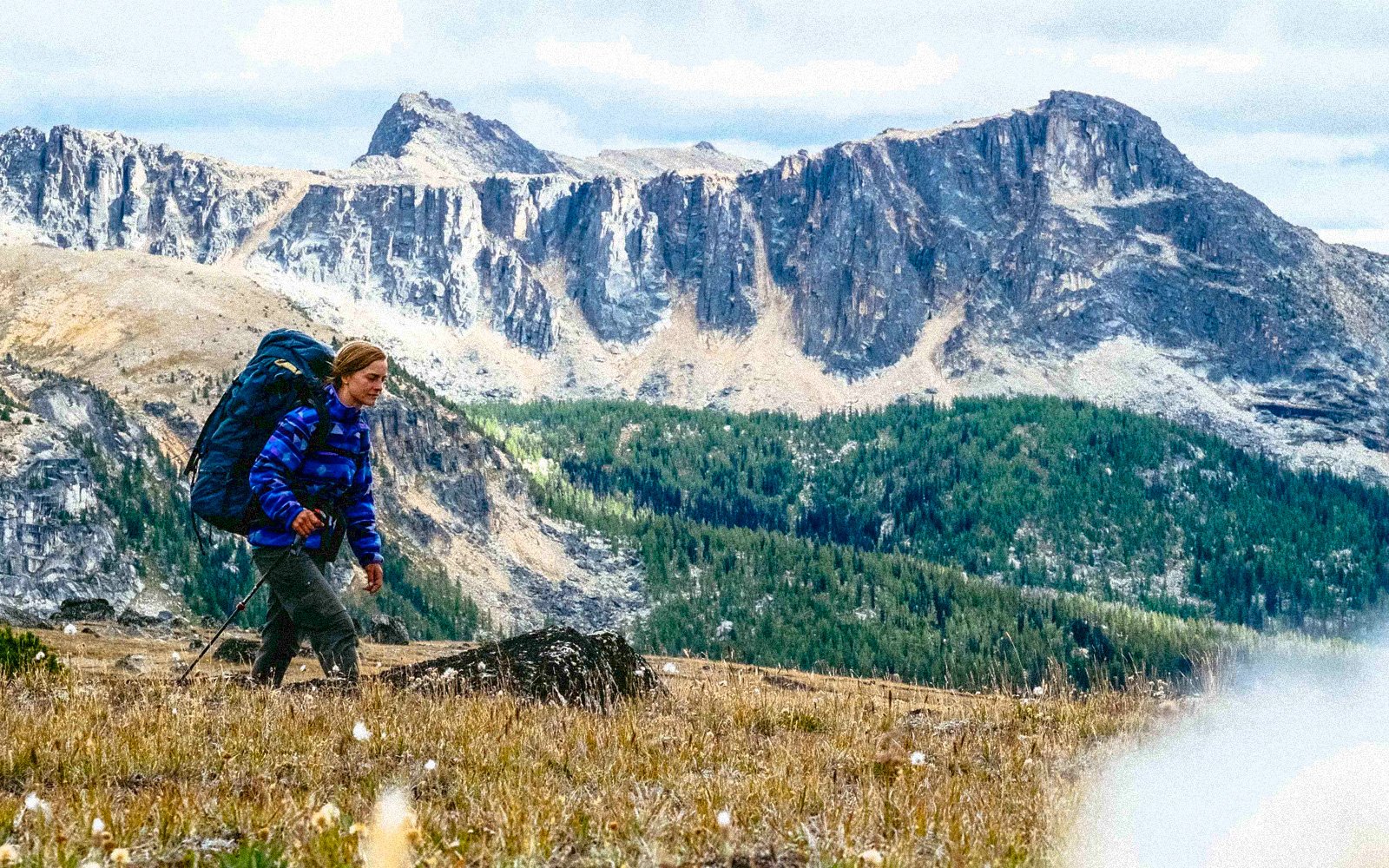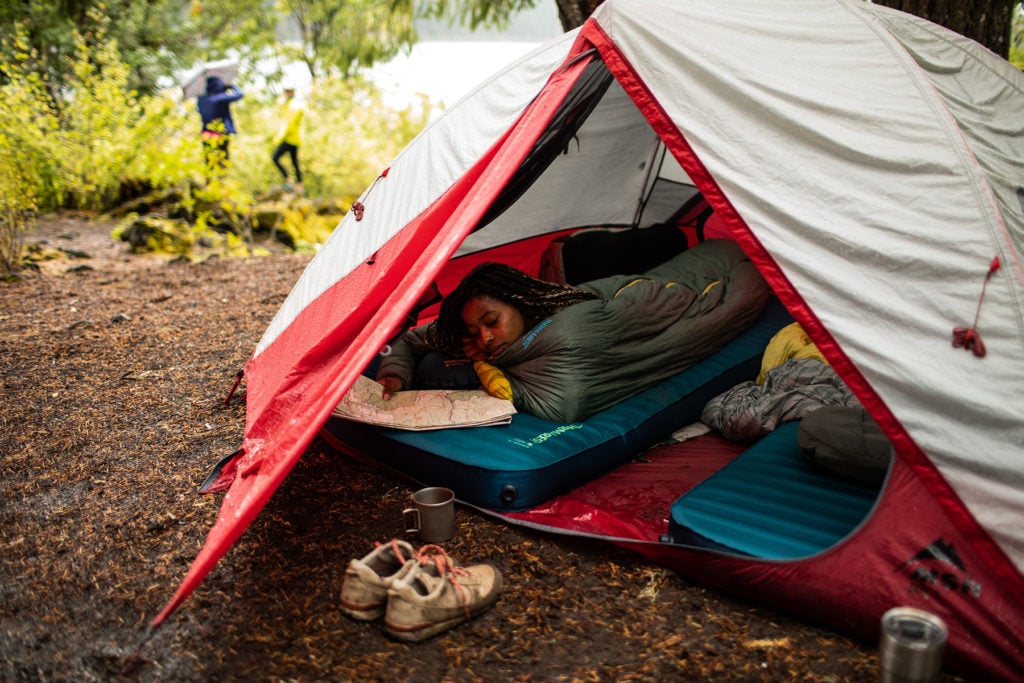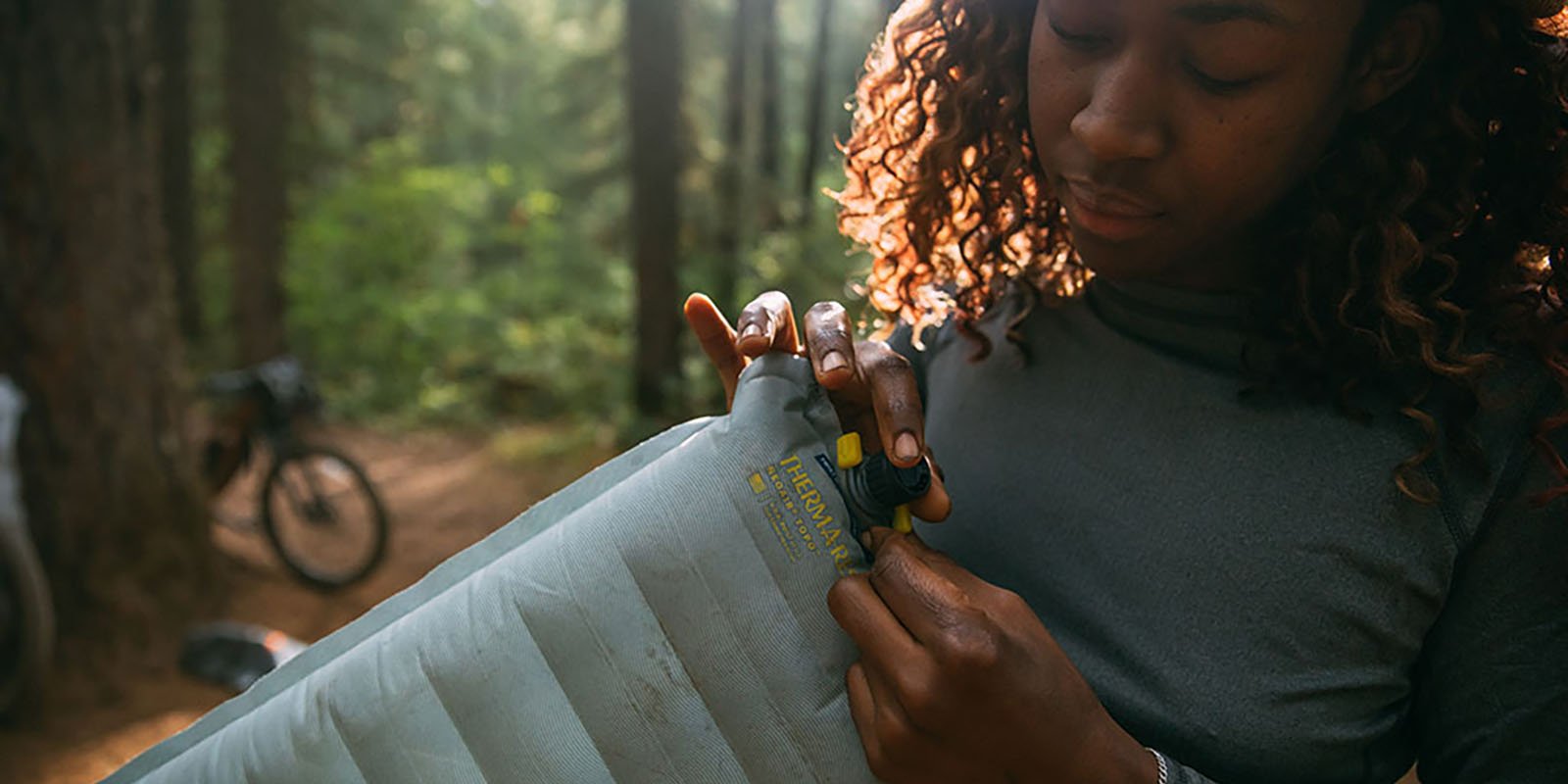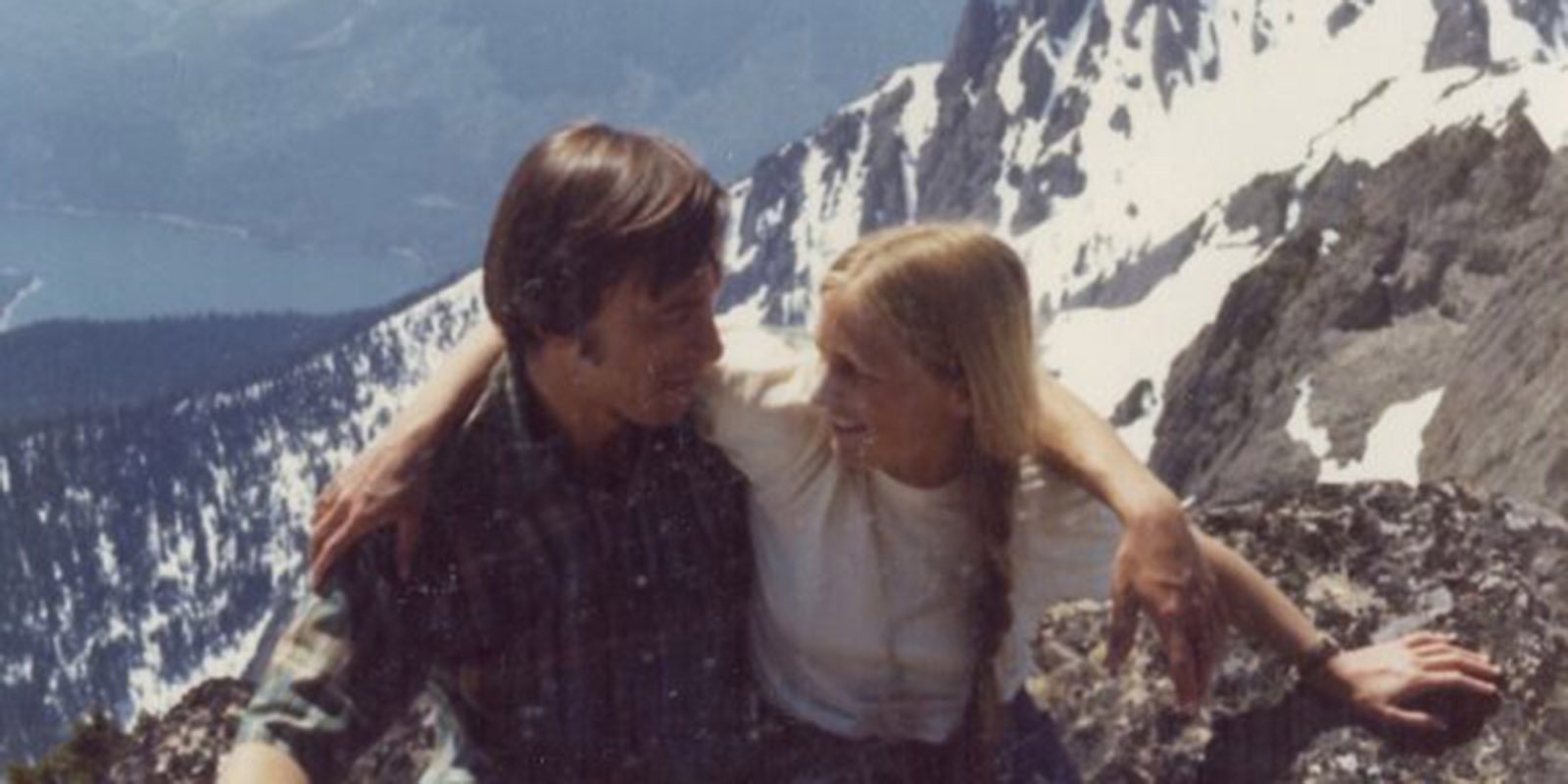After guiding backpacking trips across the West for over six summers, I’ve learned something: people love campfires. The smoldering embers, the dancing smoke, the popping and crackling and whistling… Campfires evoke a certain nostalgia and add coziness to any experience. So much so, that they almost feel essential to camping. However, each year wildfires become an increasingly prevalent threat to wilderness areas as well as populated areas. It is critical to that we both understand wildfires and how to prevent them.
Every year, fire restrictions tighten and more smoke fills the air. In some places, like California, wildfires are now a year-round concern. So now more than ever, it’s important to stay vigilant and fire aware during your adventures.
Luckily, my wildfire experience culminates at watching a fire creep up a distant ridgeline or seeing a smoke column on the horizon. It’s no doubt that wildfires are threatening our wild spaces, properties, and ecosystems, but you don’t need to skip out on your trip for fear of fire danger. By taking preventative measures, you can stay safe while camping and backpacking during wildfire season.
 Photo by Intricate Explorer
Photo by Intricate ExplorerAbout Wildfires & Fire Danger
How Do Wildfires Start?
According to the National Park Service, humans cause 85% of all wildfires. And it’s not only the big events — like gender reveals and irresponsible fireworks — that cause fires. Small actions like leaving a campfire unattended, dragging trailer chains too low behind your car, and throwing your cigarette on the ground account for many high-impact burns.
Aren’t Wildfires Natural?
While the majority fires are now human-caused, wildfires have always been a natural phenomenon due to lightning strikes. Many ecosystems rely on low-intensity fires to thrive: they rejuvenate the forest floor and allow different species to grow, creating habitat for critters. Some tree species, like the lodgepole pine, need the heat of a fire to melt the resin in their cones and release their seeds. They also help rid ecosystems of invasive species.
However, until the 1970s, land managers thought all fires were bad. So, instead of letting the low-intensity fires burn, they worked to put out all of them. Years of fire suppression led to a build-up of undergrowth and debris (fuel) on the forest floors. Pair that with increased drought conditions, and today, our forests are itching to burn. When they do, they burn bigger, longer and hotter than they would have in the past.
How Do Wildfires Spread?
Once a fire starts, it needs fuel, like grasses, pine needles, trees, or human-made structures, to spread. The more fuel, the faster and more intense the fire will spread. Areas with less vegetation, like rocky basins, meadows, and expansive lakes, will slow the speed of the fire.
Another big factor in wildfire spread is wind, which provides the boost of oxygen that wildfires need to flourish. Wind is unpredictable; while you can know the overall direction of the wind, gusts can take embers far from the main source and create spot fires.
Topography also affects the way that wildfires spread. While wind is incredibly unpredictable, land features are easier to read. Fires travel faster uphill than downhill, so ridgelines and tight canyons are hot spots for fire danger. In general, steeper terrain contributes to the spread, while the flames travel slower in flatter areas.
How Do I Check Fire Conditions?
Before you head out into the backcountry during wildfire season, you should check current fire conditions for the state you’re visiting. For example, if you’re planning a backpacking trip into the Uinta Mountains, you’d want to check the Utah Fire website. Additionally, Inciweb will keep you up-to-date on active fires across the US.
You Encounter a Wildfire…. Now What?
Land managers and fire teams work hard to keep hikers and backpackers aware of any existing fires or fire risks before they set out on the trail. However, fires are unpredictable, and advanced planning won’t guarantee that you avoid all fire danger.
If you do ever see flames or smoke, it’s time to move. Follow these tips to stay safe:
- First things first: carry paper maps while in the backcountry. You’ll be able to identify terrain and plan potential escape routes.
- Call 911 to report any wildfire you see.
- If you see a column of smoke, watch to see which way it is flowing and head in the opposite direction. (However, stay cautious because fires change directions with the wind.)
- In an active fire area, avoid ridgelines and stay low. Fire travels faster uphill than downhill.
- If you encounter a wildfire, try to hike out through sparsely vegetated areas, like meadows or rocky outcroppings, where a fire is less likely to spread.
- Travel through already burned areas if possible. Look for blackened land, but stay aware: falling trees are common.
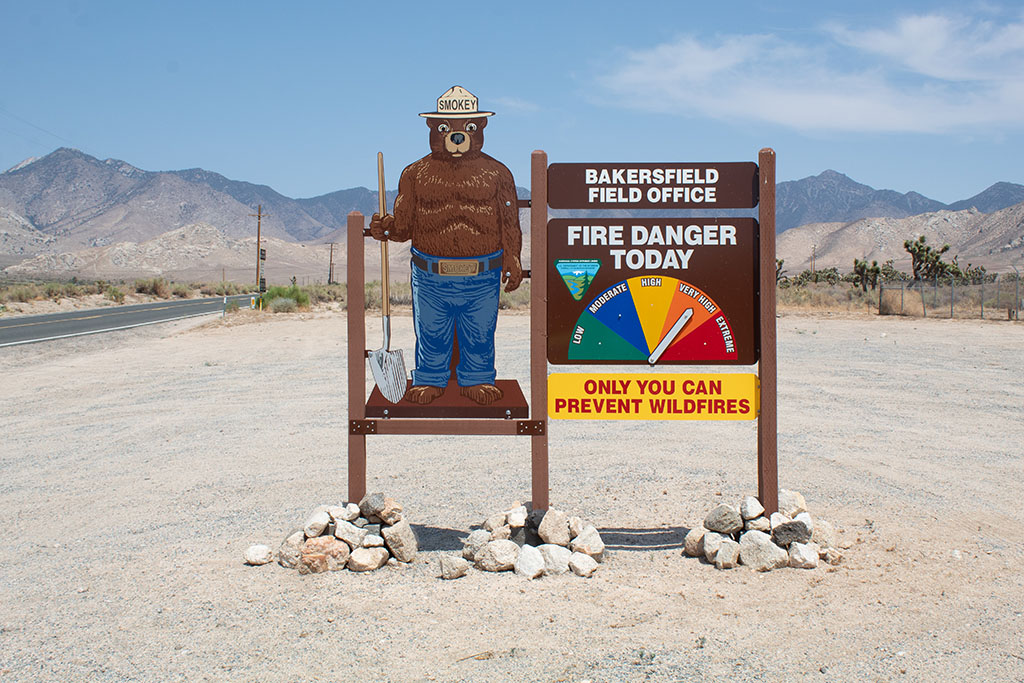 Photo by Brian Wangenheim
Photo by Brian Wangenheim3 Tips for Preventing Wildfires
The best way to avoid wildfires? Prevent them in the first place! We can all do our part to reduce wildfire risk by following a few best practices:
1. Check the Fire Restrictions for Your Destination
Before you head out on your next camping trip, be sure to check the fire danger level and restrictions for the public land you’re visiting. You can visit the local ranger station for up-to-date information or Google “fire restrictions + your destination.”
Many times, the Forest Service and National Park Service will allow fires in designated front-country campfire rings. But in times of extremely high fire danger, even contained campfires are banned. If a complete campfire ban is in effect — don’t have one. Bring lanterns or headlamps to create ambiance and provide light for camp evenings. We promise you’ll still have fun out there even without the campfire.
2. Cook Over a Stove, Not a Campfire
During wildfire season, it’s good practice to cook over a stove instead of a fire — even when a ban isn’t in effect. It will help minimize the chances of embers and sparks escaping your fire pit.
Stoves come in all sizes for both backpacking and car camping. Choose one that fits your needs and learn how to use it before your next trip. For example, the PocketRocket Deluxe is an easy-to-use backpacking stove perfect for cooking up basic meals for a couple of people. Or, if you’re looking for the ultimate eco-friendly stove, choose a liquid fuel option like the MSR Whisperlite.
3. When You Can Have a Fire, Use Proper Campfire Etiquette
When campfires are allowed, you should still follow a few principles to keep the fire contained. In addition to ensuring your fire is contained, be sure to follow the Leave No Trace principles on minimizing the impacts of your campfire.
- Only start a fire in an established fire ring — even if you’re dispersed camping.
- Before starting a fire, check above the fire pit to make sure there’s nothing that could easily combust.
- Keep your fire small and manageable.
- Don’t leave your fire unattended.
- Make sure you have a water source nearby, whether it’s a stream or a few 5-gallon water jugs in the back of your car.
- Drown your campfire completely before you go to bed. This means it is cool to the touch and you don’t see any remaining embers. (This can take quite a bit of water, often more than expected!)
As fires continue to ravage the Western United States, it’s everyone’s responsibility to practice fire safety while hiking, camping, and backpacking — or just crowding around a backyard firepit. Hopefully, these tips will help you stay safe while you enjoy a campfire on your next excursion. Happy trails!
Related Posts:
